Balkan Mixed Forests
The ecoregion’s land area is provided in units of 1,000 hectares. The conservation target is the Global Safety Net (GSN1) area for the given ecoregion. The protection level indicates the percentage of the GSN goal that is currently protected on a scale of 0-10. N/A means data is not available at this time.
Bioregion: Dinaric Mountains & Balkan Mixed Forests (PA15)
Realm: Western Eurasia
Ecoregion Size (1000 ha):
22,488
Ecoregion ID:
646
Conservation Target:
33%
Protection Level:
5
States: Bulgaria, Republic of Serbia, Romania, North Macedonia, Turkey, Greece, Kosovo, Bosnia and Herzegovina, Albania, Montenegro
Flower-rich high pasture, steeply forested mountains, the gently rising slopes of the Balkans, and the great basin of the Danube bestow high levels of biodiversity upon the Balkan Mixed Forests ecoregion. Beech and oak forests are widespread with pockets of endemic Balkan beech and Macedonian pine giving a taste of primeval European forest unaltered by mankind. Important populations of Eurasian lynx, brown bear, wolf, wildcat, and capercaillie are supported.
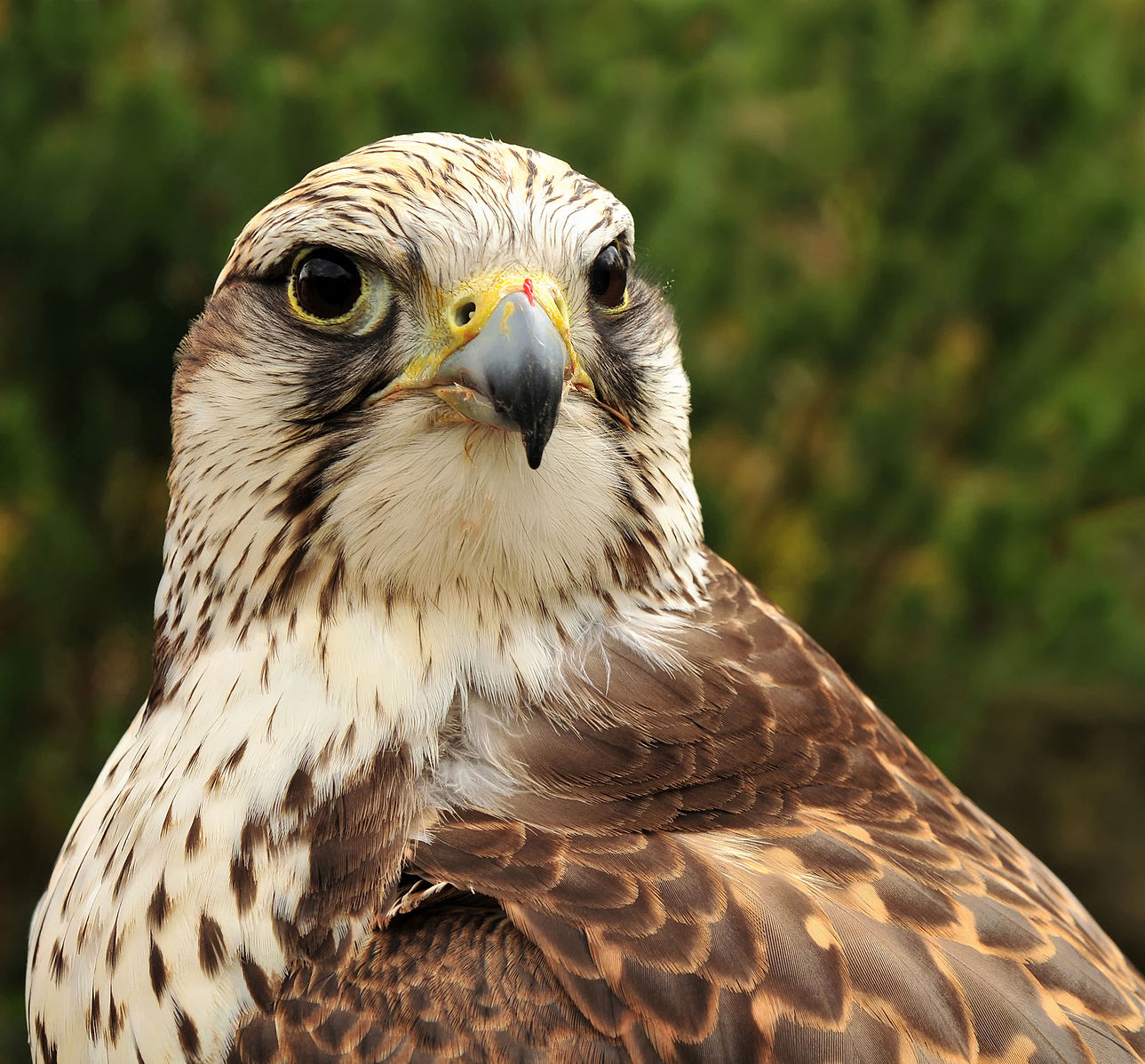
The flagship species of the Balkan Mixed Forests ecoregion is the saker falcon. Image credit: Michael Gäbler, Creative Commons
With the exception of the higher altitude Balkan, Pirin, and Rhodope Mountains this ecoregion covers much of Bulgaria, Kosovo, North Macedonia, southern Serbia and Romania, and the northernmost parts of Greece and Turkey, stretching from the Black Sea towards the Adriatic. Mediterranean and Continental climate influences merge in the Balkan peninsular; the climate is strongly seasonal with northern areas experiencing peak temperatures and rainfall in June and the Thracian and Danubian Plains somewhat drier with slight peaks in rainfall in early summer and winter. Daytime temperatures range from 5°C in January to 30°C August. This, combined with very varied topography, supports some of the most biodiverse areas in Europe.
In the west, pure stands of oak and beech forest predominate, giving way to mixed Hungarian oak forests and sheltered slopes of hornbeam. The Shar Mountain area bordering Kosovo and North Macedonia is enormously floristically diverse, holding the largest area of high mountain pasture in Europe and hosting over 2,000 plant species, including 400 endemic to the Balkans. Several relict species survived the Glacial period, becoming endemic to the area, including the Macedonian pine, Bosnian pine, and Serbian ramonda.
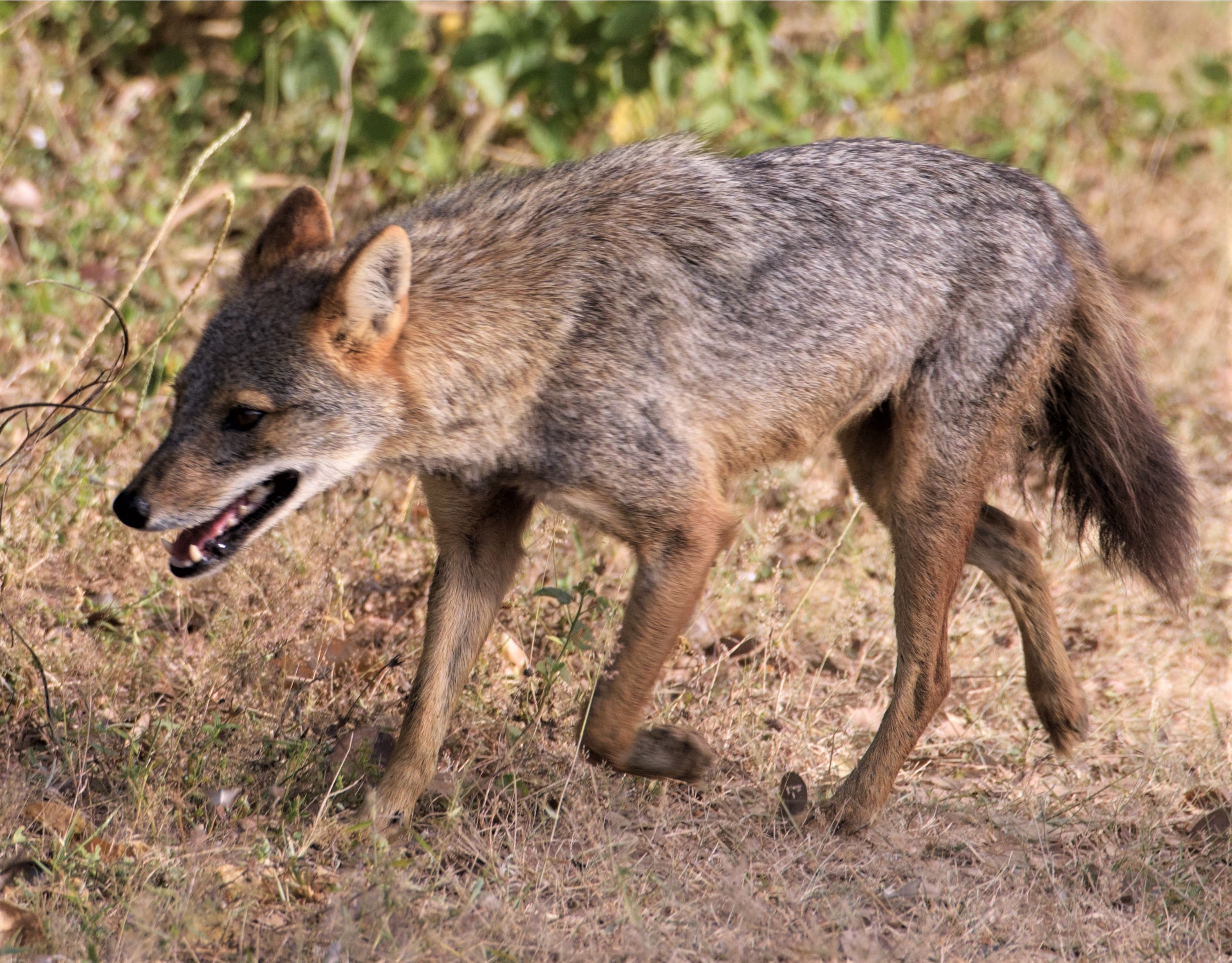
Golden jackal. Image credit: R.M.S. Ratnayake, Creative Commons
The ecoregion supports the greatest concentration of threatened mammal species in Europe. Substantial populations of brown bears and wolf are found. Wild boar, roe deer, wolves, wildcats, golden jackals, and capercaillie are all supported. Over 40 species of reptile and amphibian are present. It is an important part of the breeding range of the endangered saker falcon and the only breeding population of Balkan lynx resides in Mavrovo National Park and its vicinity. The River Danube, flowing through Romania and Bulgaria, holds the only viable wild populations of sturgeon species in Europe, five of which are critically endangered.
Mountainous areas are still heavily forested. Fertile soils surrounding the Danube in the northeastern part of the ecoregion have been converted to a vast mosaic of farmland. Since the breakup of the Soviet Union and the Balkan conflicts of the 1980s-90s some areas have maintained a high percentage of publicly owned land whereas others have been sold off for forestry.
Governments within the ecoregion are taking strides towards aligning their conservation strategies, monitoring, and management with European Union frameworks. Peace securing and cross-border cooperation are stated aims of conservation measures, alongside community engagement and improvement of rural livelihoods.
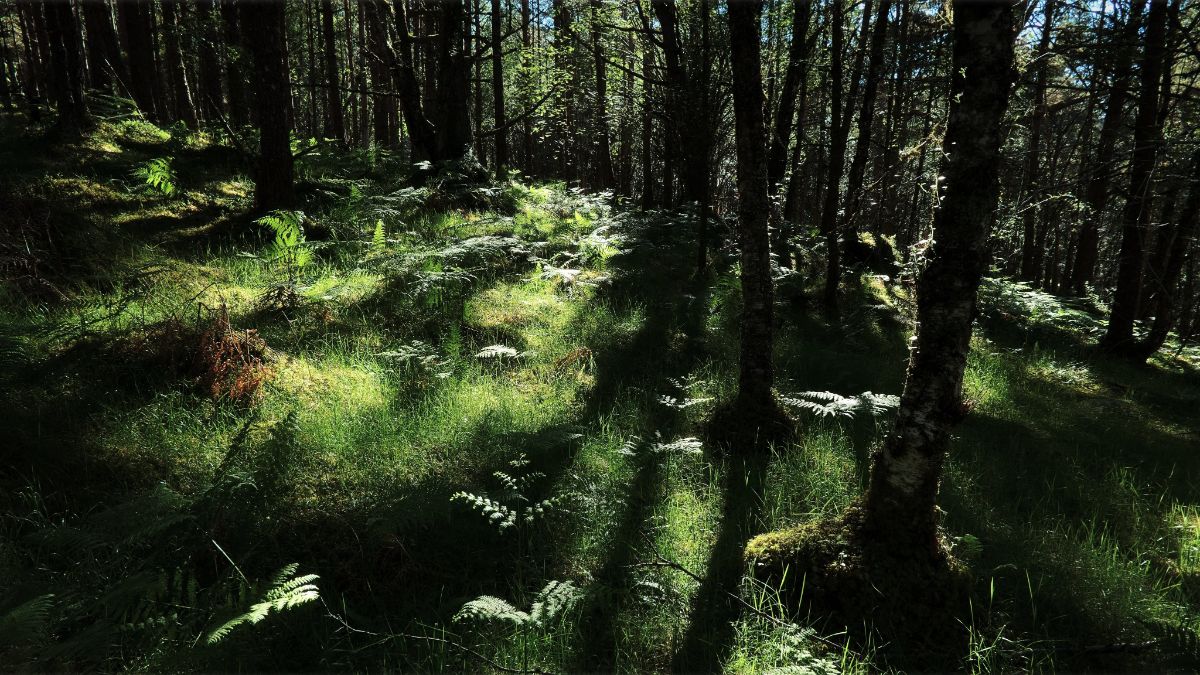
Capercaillie. Image credit: Creative Commons
The effects of continued denationalization on enforcement of conservation legislation are complex, but regardless of ownership, illegal logging is a serious issue and enormous volumes of timber are extracted without permission, particularly in areas where poverty means that firewood is very depended on for heating. The increased risk of drying episodes, forest fires and tree disease posed by climate change are causes of major concern.
Areas to the north and south of the River Danube are under considerable agricultural pressure and there is concern that some areas are being planted with non-native tree species. Hunting is an important activity to local communities and the removal of prey may prevent lynx dispersal and population growth.
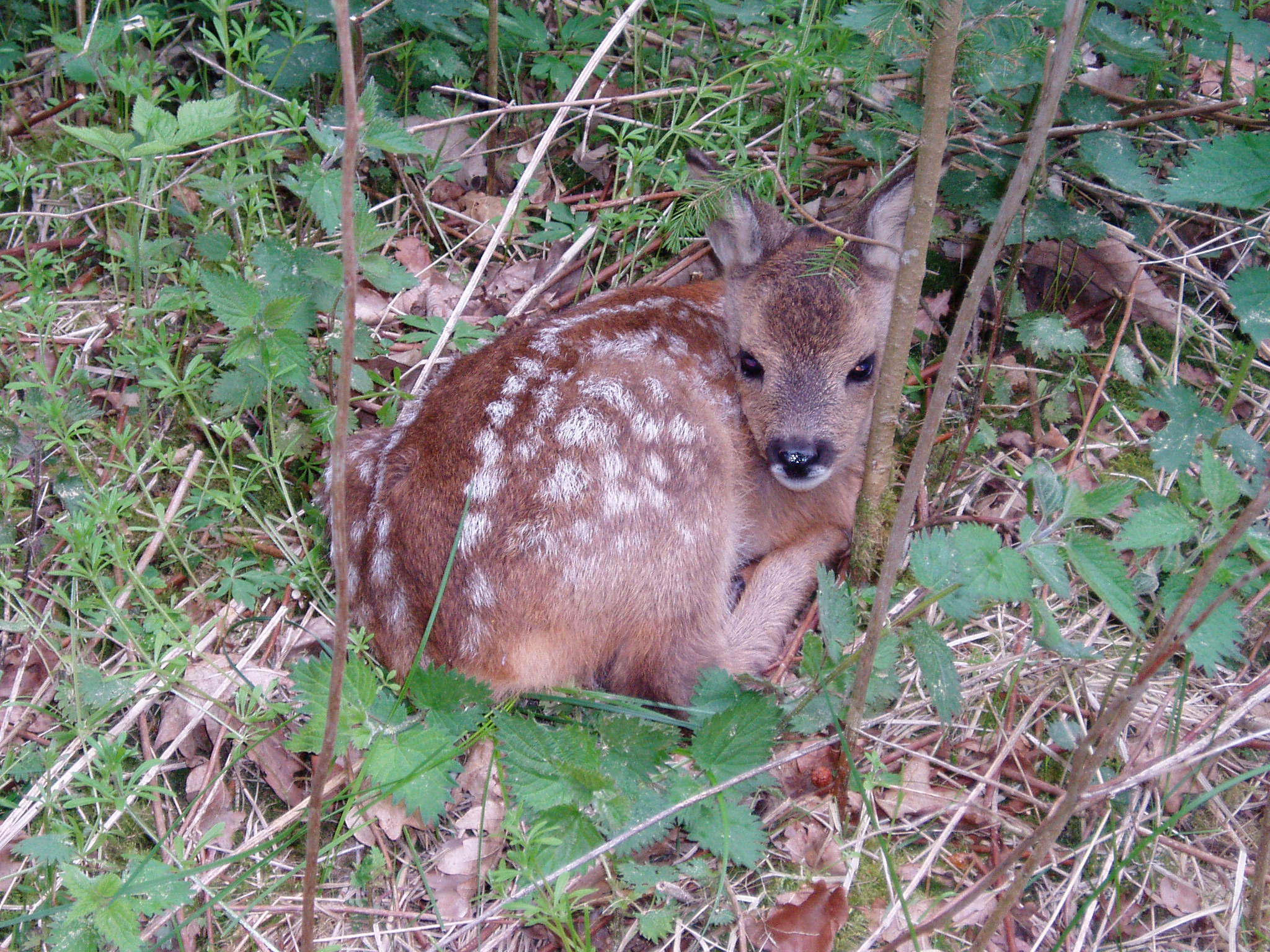
Roe deer. Image credit: Jan Bo Kristensen, Creative Commons
The priority conservation actions for the next decade will be to:
- monitor and manage continued denationalization of forest ownership and prevent illegal logging;
- work to safeguard endangered species;
- continue to strengthen ecological connectivity between protected areas, particularly across international boundaries.
Citations
- IUCN. 2009. All Along the Watchtowers: Field guide for the South Eastern European Green Belt. [Online]. [Accessed 10 July 2019]. Available from: https://portals.iucn.org/library/sites/library/files/documents/2009-008.pdf
- Joint Research Centre of the European Commission. 2019. The Digital Observatory for Protected Areas (DOPA) Explorer 3.1: Balkan Mixed Forests. [Online]. [Accessed 10 July 2019]. Available from: https://dopa-explorer.jrc.ec.europa.eu/ecoregion/80404
- Griffiths, H.I., Krystufek, B. and Reed, J.M. eds. 2004. Balkan Biodiversity: Pattern and Process in the European Hotspot. Dordrecht, Springer. DOI: 10.1007/978-1-4020-2854-0.
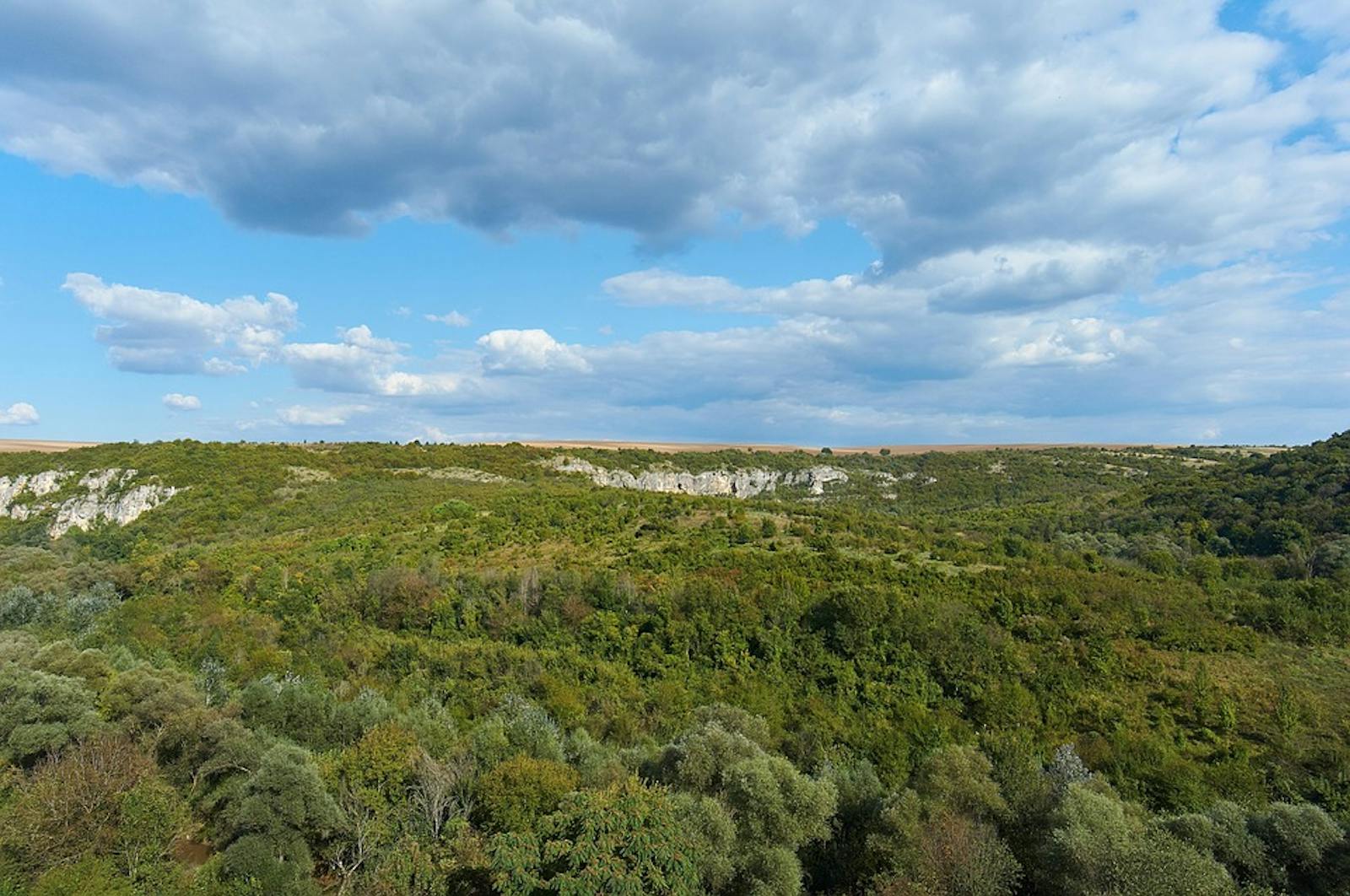
.png?auto=compress%2Cformat&w=300)

